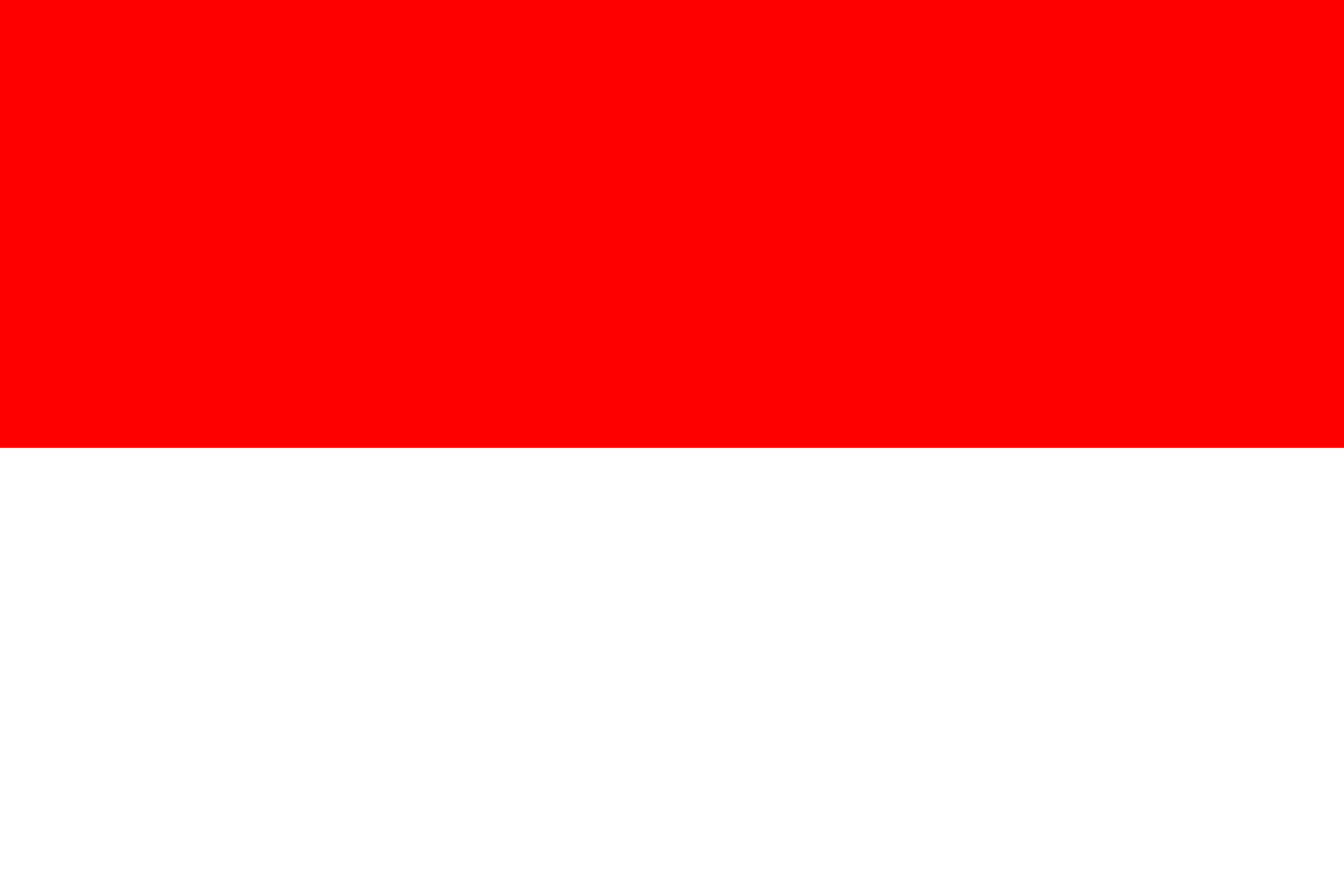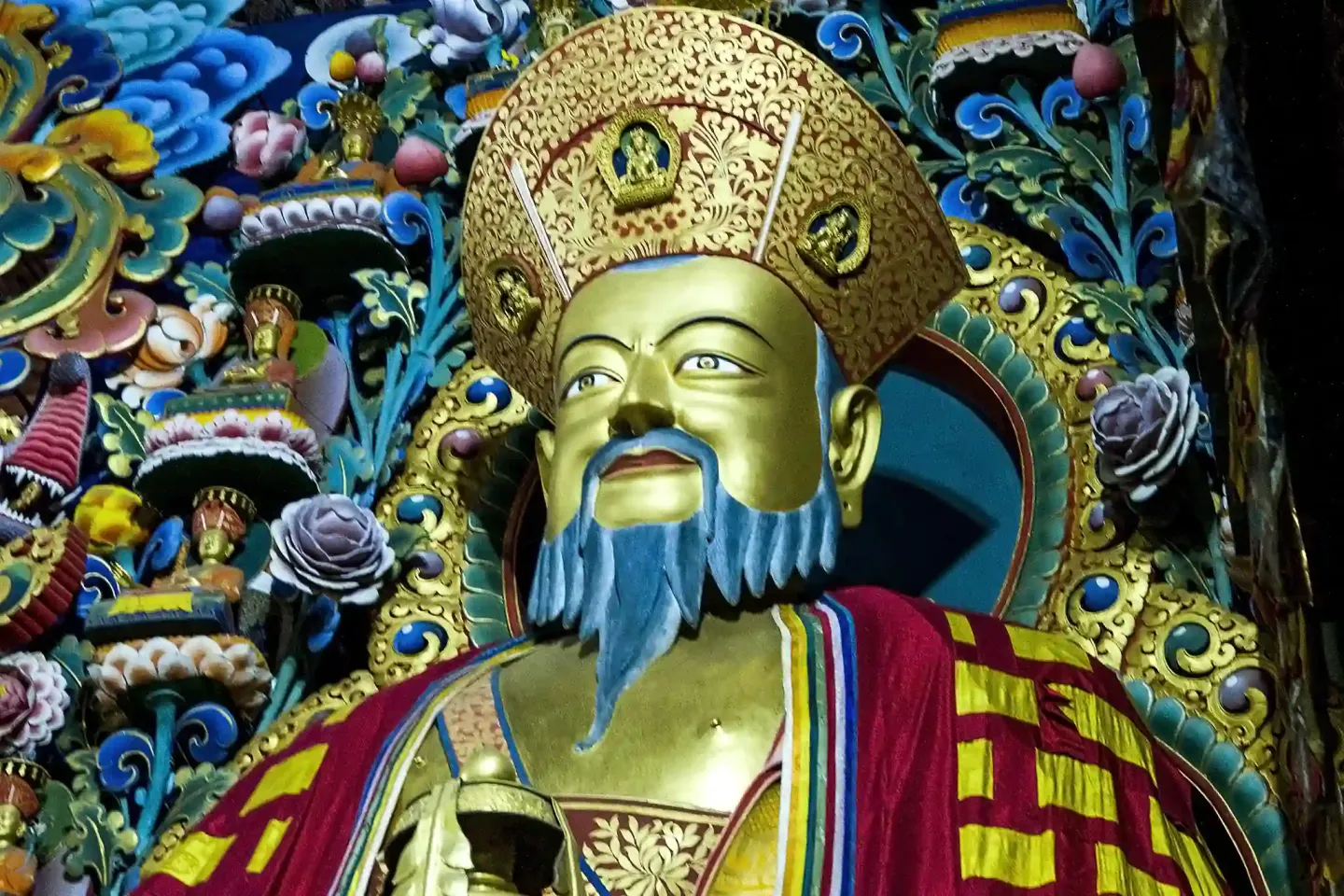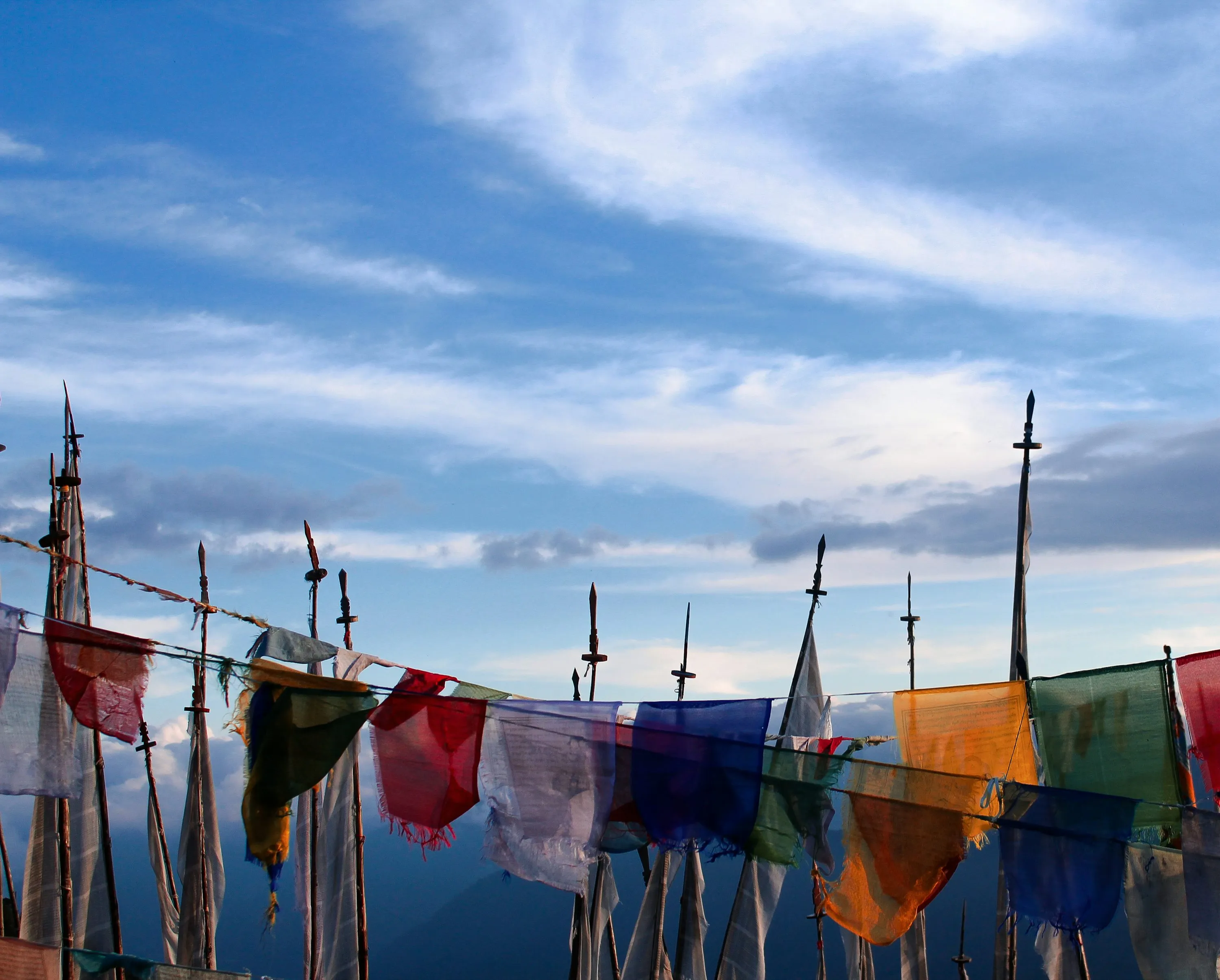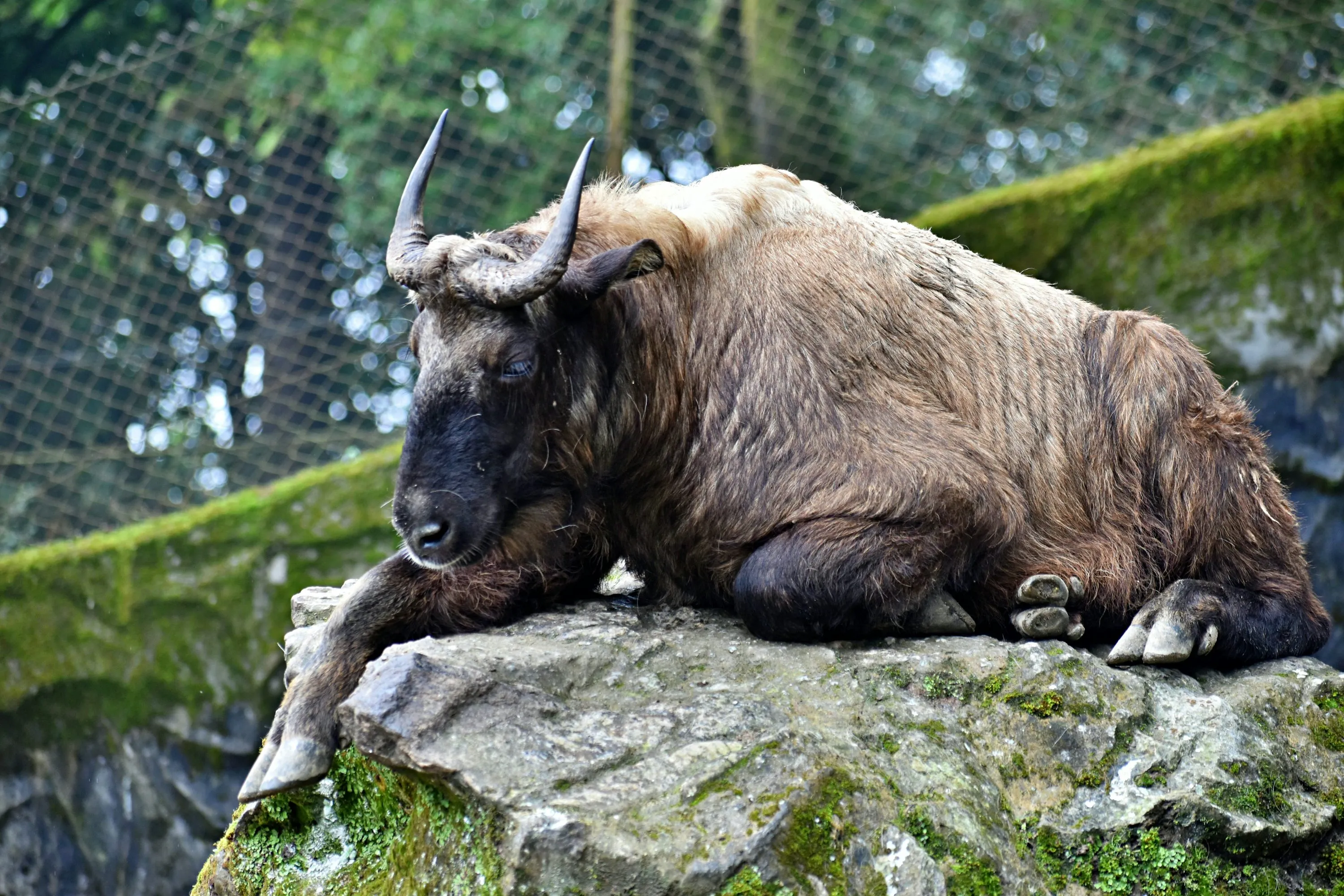Nestled in the heart of the Eastern Himalayas, Bhutan emerges as a captivating destination that blends pristine natural beauty with profound cultural heritage, offering Indonesian travelers a stark yet enchanting contrast to their own archipelago paradise. As a landlocked kingdom surrounded by towering mountains, Bhutan presents a world of serene valleys, ancient fortresses, and vibrant festivals, far removed from Indonesia's vast oceanic expanses and bustling tropical islands. Both nations share a deep respect for tradition and community, with Bhutan's Buddhist ethos mirroring Indonesia's diverse spiritual tapestry in emphasizing harmony and respect for nature. Diplomatic relations between Bhutan and Indonesia, established to foster mutual cooperation in areas like tourism and sustainable development, have grown steadily, encouraging cultural exchanges that highlight shared values such as environmental conservation—Bhutan's carbon-negative status echoing Indonesia's efforts in biodiversity protection. However, the comparisons reveal intriguing differences: while Indonesia thrives on its dynamic economy and urban vibrancy, Bhutan prioritizes Gross National Happiness over rapid modernization, resulting in a slower, more introspective pace of life. For Indonesians accustomed to humid equatorial climates and coastal adventures, Bhutan promises crisp mountain air, challenging treks, and spiritual rejuvenation, making it an ideal escape for those seeking authenticity amid a world of commercialization. This guide, crafted from the perspective of an experienced Bhutanese travel consultant, aims to equip you with comprehensive insights to navigate this unique journey, ensuring your visit is not only seamless but also deeply enriching.

Visa and Entry Requirements
Bhutan's tourism is governed by a high-value, low-impact policy designed to preserve its cultural and environmental integrity, mandating that all foreign visitors, including those from Indonesia, book their trips exclusively through licensed Bhutanese tour operators or hotels. This controlled approach ensures sustainable tourism while providing a structured experience. For Indonesian tourists, the visa process begins with selecting a certified operator who will handle the application on your behalf, submitting it online via the official immigration portal. Required documents include a scanned copy of your valid passport, a recent digital passport-sized photo, and details of your travel itinerary, including arrival and departure dates. Once approved, which typically takes about five working days, you'll receive a visa clearance letter via email, which must be presented upon arrival at Paro International Airport or land borders for the actual visa stamp in your passport. A non-refundable visa fee of US$40 applies, payable during the application. Central to this process is the Sustainable Development Fee (SDF), currently set at US$100 per day per adult, with concessionary rates for children—such as half for those aged 6 to 12 and free for under 6—contributing directly to Bhutan's education, healthcare, and conservation initiatives. The SDF is integrated into your tour payment, which must be wired in full to the Tourism Council of Bhutan before visa approval, ensuring that your financial commitment secures both your entry and a commitment to Bhutan's preservation. This system not only streamlines entry but also guarantees that your visit supports local communities, distinguishing Bhutan from more open-access destinations and aligning with its philosophy of mindful travel.
Travel Routes from Indonesia to Bhutan
Reaching Bhutan from Indonesia involves connecting flights through key Asian hubs, as there are no direct routes, reflecting Bhutan's deliberate limitation on air access to maintain its exclusivity. Major Indonesian cities like Jakarta, Bali, or Surabaya offer convenient departures via airlines such as Garuda Indonesia or Singapore Airlines to transit points including Bangkok, Delhi, Kathmandu, or Singapore. From these hubs, only two carriers—Drukair (Royal Bhutan Airlines) and Bhutan Airlines—operate flights into Paro International Airport, Bhutan's sole international gateway, known for its dramatic approach amid steep mountains and one of the world's most challenging runways, navigable only by specially trained pilots. For instance, a popular route from Jakarta might involve flying to Bangkok with Thai Airways, then connecting on Drukair for the approximately three-hour leg to Paro, with total travel time ranging from 10 to 15 hours depending on layovers. Similarly, via Delhi with Air India or IndiGo, or Kathmandu with Nepal Airlines, connections are frequent but subject to seasonal schedules. Paro's airport operates daylight hours only due to terrain constraints, and flights are prone to delays or cancellations from Himalayan weather patterns like fog or high winds, so building buffer days into your itinerary is advisable. Booking should be done well in advance through your tour operator, who can coordinate with Drukair or Bhutan Airlines for seamless integration with your visa process. Expect realistic scheduling challenges, such as potential overnight layovers in transit cities, but view them as opportunities to acclimate gradually to the time difference and altitude shift, ensuring a smoother arrival in Bhutan.
Best Time to Visit and Seasonality
Bhutan's climate unfolds across four distinct seasons, each offering unique experiences that Indonesian travelers, familiar with tropical consistency, should consider for optimal trip planning. Spring, from March to May, brings mild temperatures averaging 10-20°C in valleys, with blooming rhododendrons and clear skies ideal for trekking and sightseeing, though occasional showers may occur; this period sees moderate crowds and aligns well with Indonesia's dry season escapes. Summer, June to August, introduces the monsoon with heavy rains, warmer humidity up to 25°C, and lush greenery, but landslides can disrupt roads, making it less favorable unless you're drawn to fewer tourists and vibrant flora. Autumn, September to November, stands out as prime time with crisp, dry weather around 5-15°C, golden landscapes, and major festivals like Thimphu Tshechu, attracting cultural enthusiasts amid manageable crowds. Winter, December to February, delivers cold snaps down to -5°C at higher elevations with possible snow, perfect for serene monastery visits and low-season tranquility, though passes may close. For Indonesian visitors, autumn or spring are recommended, balancing comfortable weather for outdoor activities like hiking Tiger's Nest with festival highlights, while avoiding peak crowds in October. Seasonality influences planning: book early for festivals, prepare for variable conditions, and note that Bhutan's high altitudes amplify weather impacts, turning a simple hike into a memorable adventure under changing skies.
Money, Costs, and Payment Methods
Bhutan's currency, the Ngultrum (BTN), is pegged one-to-one with the Indian Rupee, simplifying exchanges for those familiar with regional currencies, though Indonesian travelers should primarily carry US Dollars for ease of conversion at airports, banks, or hotels. ATMs are increasingly available in major towns like Thimphu and Paro, supporting Visa and Mastercard with withdrawal limits around BTN 20,000 per transaction, but reliability dips in remote areas, so plan accordingly and notify your bank of international travel to avoid blocks. Credit cards are accepted at upscale hotels, restaurants, and craft shops in urban centers, yet cash remains king for smaller vendors and tips. Tour packages, mandatory for entry, typically encompass accommodations, meals, internal transport, guides, and entry fees, with the SDF factored in, leaving extras like alcoholic beverages, souvenirs, laundry, and personal expenses—often totaling US$50-100 daily—to your discretion. Carrying a mix of USD for exchanges (best rates at authorized desks) and BTN for daily use ensures flexibility, while apps like mobile banking may work sporadically due to connectivity. Understanding these dynamics helps manage costs effectively, allowing focus on Bhutan's experiences rather than financial hurdles.
Health, Safety, and Travel Insurance
Traveling to Bhutan requires proactive health preparations, particularly for Indonesians transitioning from sea-level tropics to high-altitude terrains where acute mountain sickness (AMS) poses a common risk, manifesting as headaches, nausea, or fatigue above 2,500 meters. Preventive measures include gradual ascent, hydration, and consulting a doctor for medications like Diamox if prone to altitude issues. Recommended vaccinations encompass Hepatitis A, Typhoid, Tetanus, and possibly Japanese Encephalitis, given Bhutan's rural exposures, while malaria is low-risk but mosquito repellents are wise. Medical facilities are basic outside Thimphu, with Jigme Dorji Wangchuck National Referral Hospital offering reliable care, yet evacuation for serious cases underscores the necessity of comprehensive travel insurance covering high-altitude activities and helicopter rescues, often exceeding US$100,000 in costs. Bhutan boasts exceptional safety with negligible crime rates, fostering a welcoming environment, though minor concerns like stray dogs—avoidable by not feeding them—and uneven paths during hikes demand caution. Embracing these precautions ensures a secure journey, transforming potential challenges into part of the adventure.
Cultural Etiquette and Social Expectations
Bhutan's society is steeped in Buddhist principles of respect and harmony, requiring visitors to adopt behaviors that honor local customs, especially in sacred spaces where Indonesian travelers might adjust their more expressive cultural norms to align with Bhutanese restraint. In temples and monasteries, remove hats and shoes, dress modestly covering shoulders and knees—women may wear long skirts or pants, men collared shirts—and speak softly to maintain sanctity; always circumambulate clockwise around stupas or prayer wheels as a sign of reverence. Socially, humility and patience are valued: greet with a slight bow or "Kuzuzangpo la," accept offerings like tea with both hands, and avoid pointing at people or religious icons, opting instead for an open palm. Indonesians, known for communal warmth, will find parallels in Bhutanese hospitality but should temper directness, as public displays of affection or raised voices are uncommon. Gift-giving, such as small tokens from Indonesia, strengthens bonds, while environmental mindfulness—like not littering—reflects shared values. These nuances, when observed, deepen connections, turning interactions into meaningful cultural exchanges.
Connectivity, SIM Cards, Internet Access
Staying connected in Bhutan blends modern conveniences with occasional rural limitations, where Wi-Fi is reliably available in hotels and cafes in towns like Thimphu and Paro, often free but varying in speed for basic browsing or emails. For mobile data, tourists can purchase local SIM cards from B-Mobile or TashiCell outlets at the airport or major cities, requiring a passport copy and photo; packages start at BTN 200 for 2GB data valid a week, with TashiCell favored for affordability and B-Mobile for wider coverage in remote areas. Activation is straightforward, and top-ups are easy via apps or vendors. Indonesian apps generally function without restrictions, though slower networks in valleys may necessitate VPNs for secure or faster access, especially if facing geo-blocks. Embracing these options keeps you linked to home while immersing in Bhutan's offline charm.
Language and Communication
Dzongkha serves as Bhutan's national language, but English prevails in tourism sectors, easing interactions for Indonesian travelers whose English proficiency varies. Licensed guides and hotel staff are fluent in English, providing detailed explanations during tours, while urban locals, educated in English-medium schools, communicate effectively. Indonesian-speaking guides are rare, so rely on English or request translators if needed, though non-verbal cues like smiles and gestures bridge gaps in rural areas. For limited English speakers, learning basic Dzongkha phrases—"thank you" (Kadinche la) or "hello" (Kuzuzangpo)—enhances rapport, supplemented by translation apps offline-capable for emergencies. This linguistic landscape fosters patient, respectful exchanges, enriching your cultural immersion.
Packing and Preparation Advice
Preparing for Bhutan's diverse Himalayan climates demands thoughtful packing, contrasting Indonesia's steady warmth with layers for fluctuating temperatures from 25°C in valleys to sub-zero at passes. Essentials include breathable base layers, fleece jackets, waterproof windbreakers, sturdy hiking boots for trails, and warm accessories like gloves and hats for evenings or higher altitudes. Personal items should cover sunscreen, insect repellent, reusable water bottles, and medications for altitude, allergies, or motion sickness, plus a first-aid kit. Power adapters for Type D/F sockets (230V), portable chargers for outages, and binoculars for wildlife enhance practicality. Modest clothing respects cultural sites, while quick-dry items suit monsoons. Pack light in a duffel for internal travel, including snacks if dietary needs arise, ensuring readiness for Bhutan's unpredictable yet rewarding conditions.
Bhutan’s Unique Tourism Philosophy
At the core of Bhutan's tourism lies the philosophy of Gross National Happiness (GNH), a holistic approach prioritizing citizens' well-being over economic growth, shaping policies that favor quality visitors over mass influxes. This framework, encompassing psychological wellness, cultural preservation, environmental sustainability, and good governance, drives the high-value model limiting development to protect biodiversity—Bhutan remains over 70% forested—and cultural identity. For Indonesian travelers, understanding GNH explains restrictions like mandatory tours and SDF, which fund community projects, ensuring tourism benefits locals without overwhelming resources. This cautious stance against unchecked modernization preserves Bhutan's essence, inviting mindful explorers to contribute positively rather than consume superficially.
Mindset and Expectations for Visitors
Visiting Bhutan requires shifting from Indonesia's vibrant, fast-paced lifestyle to a contemplative rhythm where time unfolds leisurely amid limited infrastructure. Expect boutique hotels emphasizing comfort over opulence, with no five-star chains or nightlife scenes; evenings might involve stargazing or cultural shows rather than clubs. Shopping is artisanal, absent luxury malls, and conveniences like 24/7 services are rare, fostering appreciation for simplicity. The focus on nature—pristine hikes—and spirituality—monastery meditations—rewards those seeking introspection, reminding travelers that Bhutan's charm lies in its unhurried authenticity, not material luxuries.
Food and Dining Culture
Bhutanese cuisine reflects a hearty, spice-infused palette dominated by chilies, cheese, and simple staples, offering Indonesian palates familiar heat with novel twists. Signature dishes like Ema Datshi—chilies stewed in cheese sauce—or Phaksha Paa (pork with vegetables) highlight bold flavors, often paired with red rice for sustenance in cold climes. Dining embodies hospitality: meals are communal, served buffet-style in tours, with butter tea (Suja) as a warming staple and Ara (rice wine) for social toasts. Vegetarians find options in datshi variations, while attitudes toward food emphasize nourishment and sharing, aligning with Bhutan's communal spirit.
Festivals, Religion, and Sacred Places
Religion permeates Bhutanese life through Vajrayana Buddhism, manifesting in festivals like Tshechus where masked dances and rituals honor Guru Rinpoche, providing profound cultural insights. Visitors witness vibrant processions but must adhere to etiquette: modest attire, no photography inside, and respectful silence. Sacred sites like Taktsang Monastery demand reverence, contributing to a deeper appreciation of Bhutan's spiritual fabric, where festivals blend devotion with community joy.
Hidden Challenges and Practical Inconveniences
Bhutan's allure includes embracing minor inconveniences as integral to its unspoiled nature, such as winding roads causing motion sickness or delays from landslides, requiring flexible itineraries. Power outages occur sporadically, especially in remotes, while service paces slowly, reflecting a non-rushed ethos. These elements, framed positively, enhance the adventure, cultivating patience as a virtue in Bhutan's tranquil setting.
Shopping and Souvenirs
Shopping in Bhutan centers on authentic handicrafts like handwoven textiles (kira/g ho) and wooden masks, available in markets like Thimphu's Craft Bazaar, with no high-end malls or duty-free. Bargaining is minimal in fixed-price shops, ensuring fair trade; focus on quality from cooperatives for genuine items like incense or jewelry, supporting artisans.
Altitude Awareness and Physical Preparedness
Altitude affects variably, with symptoms like dizziness emerging above 2,500m; precautions include acclimatizing in Paro for 1-2 days, hydrating profusely, and avoiding exertion initially. Physical prep via cardio builds stamina for treks, while monitoring health ensures safe enjoyment of Bhutan's elevations.
Security, Safety, and Emergency Information
Bhutan's safety is exemplary, with low crime and friendly locals, though respect laws like no tobacco sales. Emergencies: dial 112 for medical, 113 for police; Indonesian embassy support via Delhi consulate. Guides provide on-ground assistance, reinforcing secure travels.
Photography and Drones
Photography thrives outdoors but prohibits inside religious sites; seek permission for people. Drones require permits from the Civil Aviation Authority, banned over yellow-roofed buildings, ensuring respectful captures.
What Bhutan Does Not Have
Bhutan eschews skyscrapers, fast-food chains, casinos, and mega-malls, preserving its skyline and culture, which enhances its allure as a sanctuary of simplicity.
Important Questions to Ask Before Booking a Tour
Before committing to a Bhutanese tour operator, Indonesian travelers should inquire thoroughly to tailor the experience, starting with questions about guide expertise: "What training do your guides receive, and do they speak fluent English, with any multilingual options?" This ensures clear communication during cultural explorations. Delve into itinerary flexibility: "Can the schedule be adjusted for personal interests, like extended hikes or festival attendance, and how do you handle weather-related changes?" Understanding accommodations is key: "What star ratings and amenities do hotels offer, and are there options for dietary preferences, such as halal or vegetarian meals?" Address emergencies proactively: "What protocols are in place for medical issues, including altitude sickness, and does the tour include insurance or evacuation coverage?" Connectivity matters too: "Will assistance be provided for purchasing local SIM cards, and what's the Wi-Fi reliability en route?" Language barriers: "Are there provisions for non-English speakers, like phrasebooks or apps?" Finally, clarify tipping and extras: "What's the customary tipping for guides and drivers, and what additional costs might arise?" These queries foster confidence, aligning expectations with Bhutan's unique offerings.
Conclusion
In reflection, Bhutan stands as a rare jewel for Indonesian travelers, inviting those weary of commercialized escapes to discover profound cultural depth, untouched natural splendor, and spiritual serenity in a kingdom where happiness is measured not by possessions but by harmony with the world. This journey promises transformation, rewarding the open-hearted with memories that resonate long after the return home.













